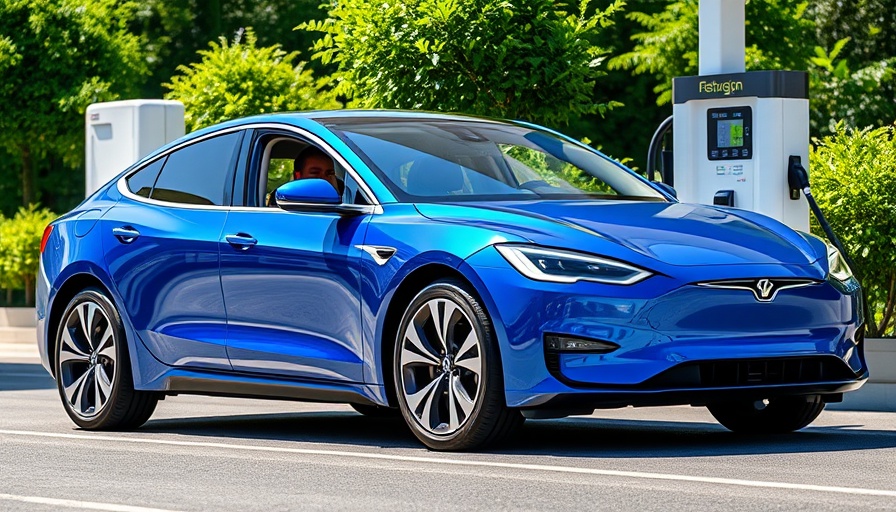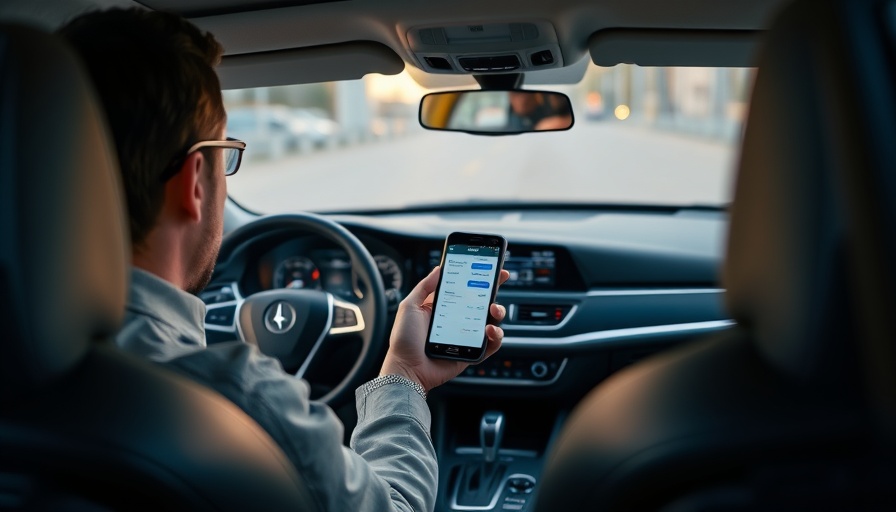
Hydrogen-Powered Vehicles: The New Frontier in Automotive Technology
Hydrogen-powered cars have transitioned from the realm of science fiction to a practical reality. With vehicles rolling off the production lines, the question arises: will hydrogen fuel cells overtake electric vehicles (EVs), or do they have a more specialized role in the automotive market? This exploration unpacks the current status and future potential of hydrogen vehicles.
How Do Hydrogen Cars Work?
Unlike their electric counterparts that rely on batteries for energy storage, hydrogen-powered vehicles utilize fuel cells. Here’s a quick breakdown:
- Hydrogen gas is stored in the vehicle’s tank.
- A fuel cell transforms hydrogen into electricity, generating only water vapor as a byproduct—no harmful tailpipe emissions here.
This may sound like the perfect engine, but there is complexity beneath the surface. Hydrogen is primarily extracted from natural gas or is generated through a process called electrolysis, a method that requires a significant amount of renewable energy.
The Advantages and Challenges of Hydrogen Fuel Cells
Hydrogen cars come with their share of benefits:
- Quick refueling: A mere 3-5 minutes compared to 30 minutes or more for EVs.
- Extended range: Several hydrogen models can exceed 400 miles on a single tank.
- No battery degradation: Fuel cells maintain their efficiency over time.
However, challenges loom:
- Limited infrastructure: Currently, fewer than 60 hydrogen refueling stations exist across the U.S., starkly contrasting with over 50,000 EV charging points.
- High costs: For instance, a Toyota Mirai can cost about $50,000, and the price of hydrogen fuel is often higher than gasoline.
- Efficiency concerns: The conversion of electricity to hydrogen and back is not as efficient as utilizing batteries directly.
Future Trends in Automotive Hydrogen Technology
The road to integrating hydrogen vehicles into the mainstream market faces hurdles—most notably, the lack of refueling stations and the current high costs. As nations like Japan aim for over 1,000 hydrogen fill stations by 2030, private companies such as Shell and BP are also investing in hydrogen hubs, offering hope for expansion.
It’s vital to note that while hydrogen is unlikely to replace EVs entirely, it may thrive in areas like:
- Long-haul trucking: Offering quicker refueling and lighter payloads than big EV batteries.
- Aviation and shipping: Boasting greater energy density, hydrogen presents opportunities for these sectors.
- Cold climates: Fuel cells retain range in low temperatures, unlike some electric batteries.
As renewable energy sources become more affordable and technology advances, hydrogen could fill vital roles in the automotive landscape. The coming decade is crucial—it may determine whether hydrogen cements its status as an essential player in achieving zero-emissions transport.
 Add Row
Add Row  Add
Add 




Write A Comment